After the 2023 Prime Minister's Dialogue with Farmers, the Ministry of Agriculture and Rural Development has thoroughly implemented solutions to remove difficulties and obstacles and support farmers; including guiding localities to build standard raw material areas and produce concentrated, large-scale goods according to market standards and requirements.
Building concentrated commodity material areas is one of the key contents that the Prime Minister always proposed to focus on implementing after the Prime Minister's Dialogue Conference with Farmers in 2023. So after this Conference, how have the Ministries, branches and localities implemented it?
2,500 billion for 5 standard raw material areas
Unlike concentrated production areas or specialized production areas that have been formed in many localities in recent times, the standard raw material areas built by the Ministry of Agriculture and Rural Development focus on developing value chains, connecting production sites with certain product processes and standards with processing plants or consumption markets.
A qualified raw material area must not only meet the standards and quality standards of raw agricultural products, but also meet the quality standards of the environment, labor safety, and requirements of sustainable development, anti-deforestation, and no use of child labor...
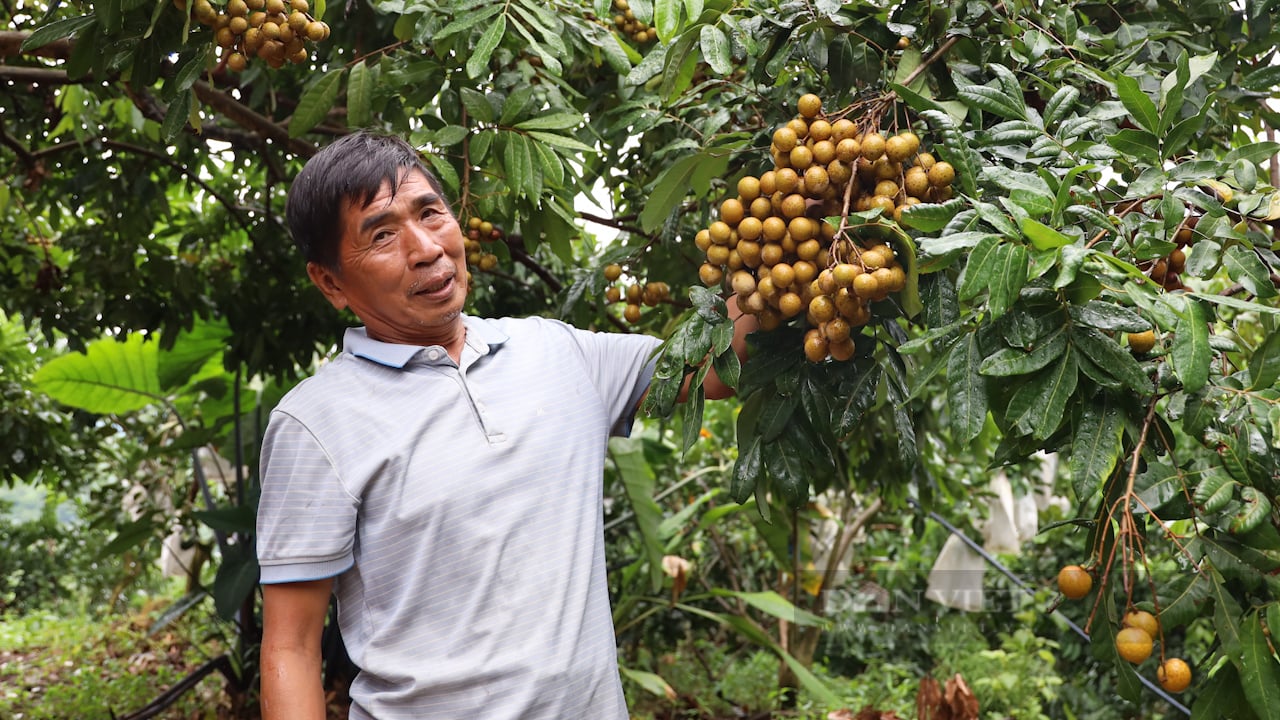
Northern mountainous provinces are planned to build fruit tree material areas that meet standards according to the Pilot Project to build agricultural and forestry material areas that meet standards for domestic consumption and export in the 2022-2025 period.
In fact, since 2022, the Ministry of Agriculture and Rural Development has developed and issued Decision 1088/QD-BNN-KTHT on the implementation of the "Pilot project to build a standard agricultural and forestry raw material area for domestic consumption and export in the period of 2022-2025" to pilot the development of 5 standard agricultural and forestry raw material areas for domestic consumption and export, including: fruit tree raw material area in the Northern mountainous region, planted forest wood in the Central Coast region, Central Highlands coffee, rice in the Long Xuyen Quadrangle, fruit trees in the Dong Thap Muoi region, with a total investment of nearly 2,500 billion.
The project is divided into 2 phases. Phase 1 (2022 - 2023) focuses on piloting the construction of standard raw material areas, organizing the summary and evaluation of project implementation results. Phase 2 (2024 - 2025) completes the project contents on agricultural extension, transferring scientific and technological applications to cooperatives and people; developing, consolidating and improving the capacity of cooperatives and members; applying information technology to raw material area management; developing community agricultural extension and communication; implementing credit, insurance and production linkage policies; expanding and building 5 logistics centers; expanding the implementation of community agricultural extension content.
In August 2024, the Ministry of Agriculture and Rural Development held a conference to review 2 years of implementing this Project. The results showed that there have been many good models, spreading to localities, businesses and cooperatives such as coffee and durian regions in the Central Highlands; rice regions in the Mekong Delta. Many good models have spread to localities, businesses and cooperatives.
From 132 training courses and 26 community agricultural extension teams organized by the Ministry of Agriculture and Rural Development, up to now, localities have arranged 400 training courses and 149 community agricultural extension teams. Regarding rice alone, with a target of 50,000 hectares, after 1 year, 6,000 hectares have met the standards for entering the high-end market... Many infrastructure works in the raw material area have been constructed and handed over to localities for use, serving well the transportation of raw materials from the production area to the factory for processing.
Many cooperatives were newly established and consolidated; cooperative managers and cooperative members were trained to improve their capacity, apply accounting software technology, production diary software; a system of Community Agricultural Extension Teams was formed to provide technical advice and support on production, market linkage, cooperative development, and credit. Localities have focused on effectively implementing linkage projects according to Decree No. 98/2018/ND-CP, applying advanced production processes, mobilizing the participation and counterpart funding of quite large cooperatives and enterprises.
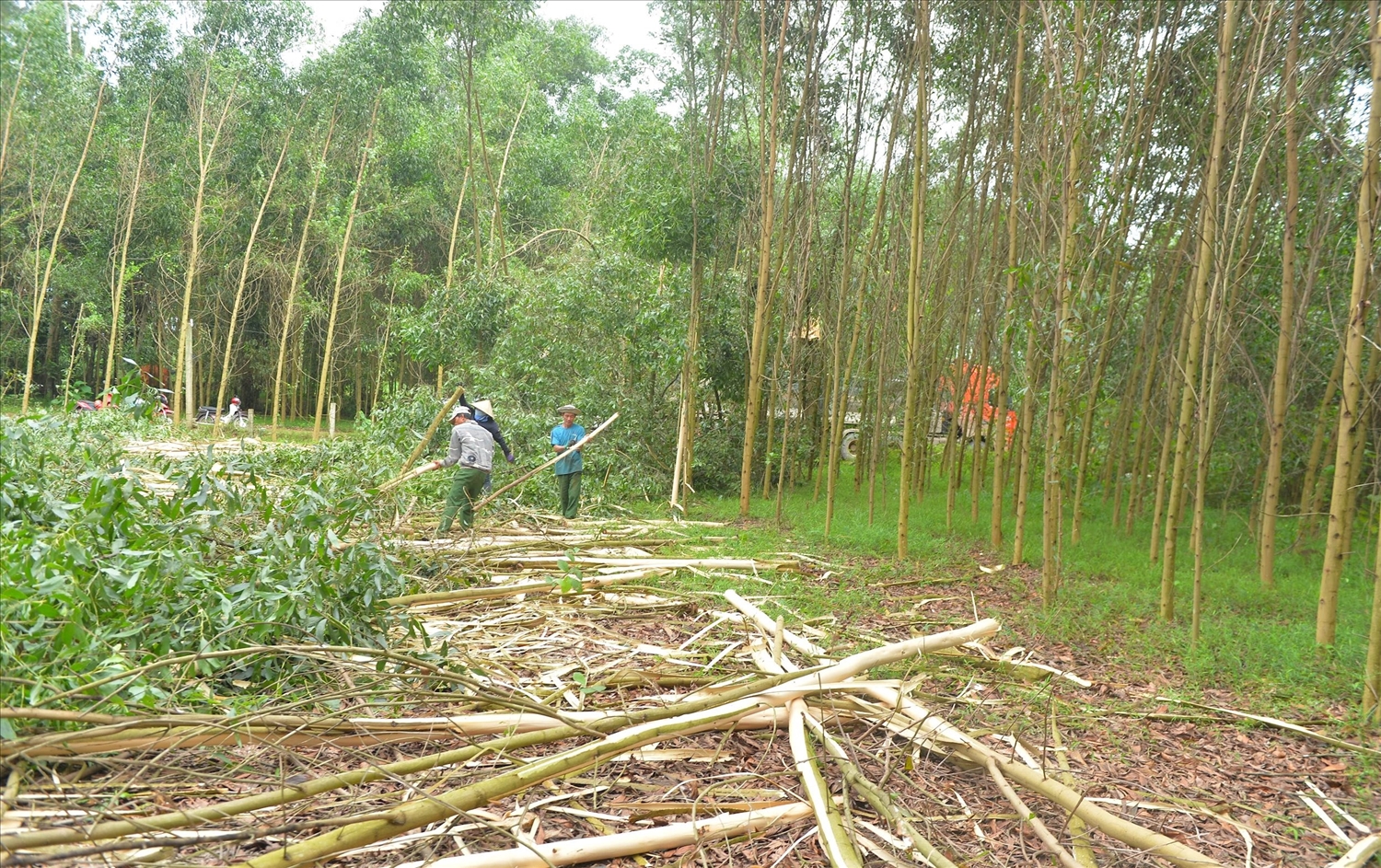
Farmers in Nghia Khanh commune, Nghia Dan district (Nghe An) harvest small timber forests. Photo: An Yen
Speaking about the Project to build 5 raw material areas, Minister of Agriculture and Rural Development Le Minh Hoan emphasized: "Raw material areas are identified as the starting point and foundation for developing effective and sustainable agricultural, forestry and fishery value chains, thereby modernizing agriculture, attracting business investment, reducing risks in production and product trade...
Therefore, it is necessary to meet the requirements: building raw material areas on the basis of ensuring chain linkage from production - harvesting - preservation - processing - product consumption to improve efficiency and increase income for farmers; building on the basis of market demand, promoting advantages and natural conditions of each region; developing associated with investment in upgrading infrastructure and equipment; implementing synchronously with policy mechanisms, mobilizing all resources of economic sectors in combination with State support, to ensure effective production, protect the ecological environment and sustainable development."
There will be detailed instructions for building raw material areas.
Experts say that building raw material areas is a breakthrough to create a foundation to promote the next stages in the agricultural value chain; at the same time, making the production process as well as the quality of input materials for processing and consuming agricultural products transparent.
"In order to build a source of agricultural raw materials to meet export and domestic consumption needs, the State needs to have policies to support localities to focus on building standard raw material areas, in parallel with strengthening solutions to connect raw material areas and processing plants. Along with that, create a mechanism to develop management human resources for cooperatives and enterprises to organize production according to raw material area planning; improve management capacity on production data information, thereby implementing product traceability and granting growing area codes", Director of the Vietnam Academy of Agricultural Sciences - Prof. Dr. Nguyen Hong Son emphasized.
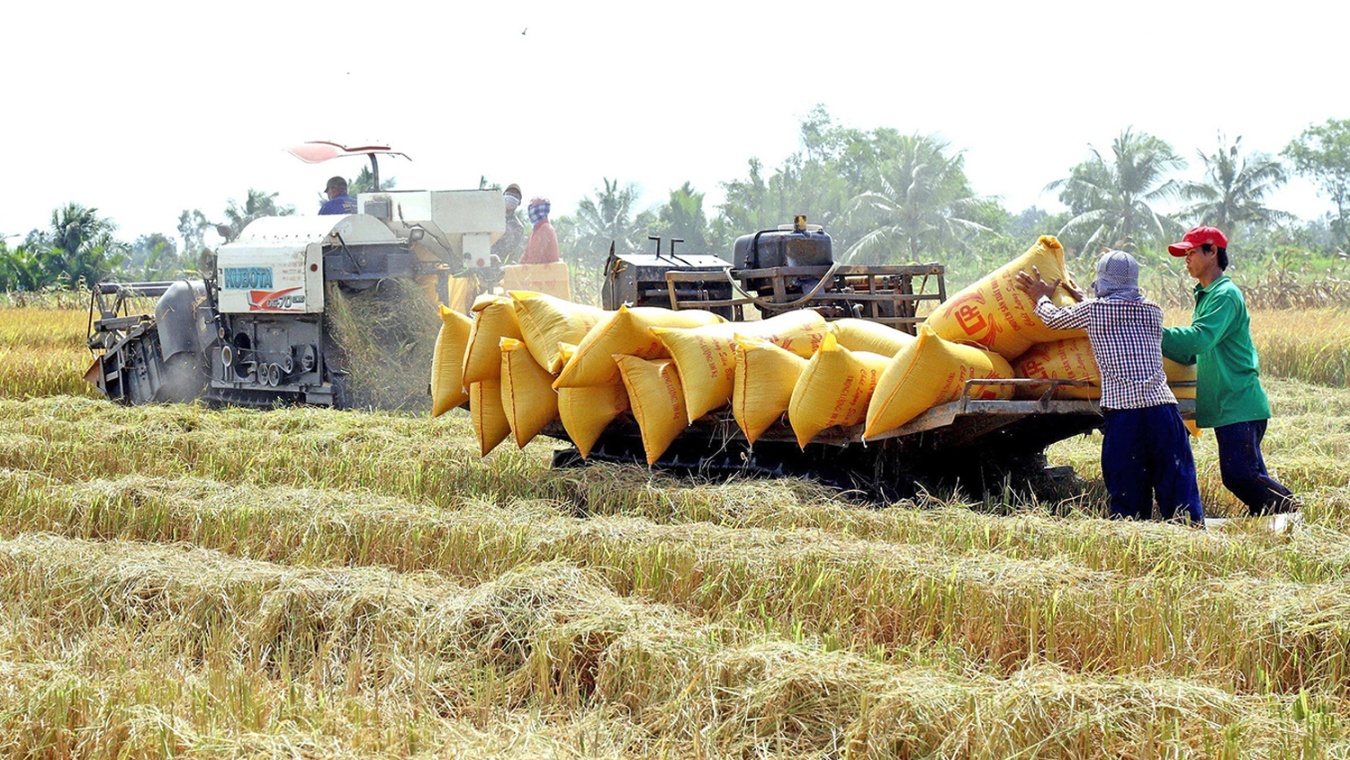
The Long Xuyen quadrangle area is planned to build a standard rice material area.
Meanwhile, General Director of Chanh Thu Import Export Company Limited (Ben Tre) Ngo Tuong Vy said: building a growing area code is a basic standard to meet the requirements of importing countries, so localities need to propagate to people to understand that building a growing area code is a key point to be able to sell products.
Mr. Le Quoc Thanh, Director of the National Agricultural Extension Center, also affirmed that when we create good raw material areas, businesses will certainly have confidence and invest in them. Mr. Thanh gave an example: the National Agricultural Extension Center is currently collaborating with Vinh Hiep Company to create a coffee raw material area for export to the EU.
Although initial results have been achieved, feedback from localities and enterprises shows that there are still many problems in planning and managing agricultural commodity production areas; the organization of governance, especially the regulation of regional demand and state management of regional development, still has many limitations. It is worth mentioning that land accumulation and bringing farmers into the large-scale production machinery of modern agriculture still have many shortcomings; the connection between product consumption and agricultural value chains is still loose.
Therefore, to guide localities in building raw material bases and producing concentrated, large-scale goods according to market standards and requirements, the Ministry of Agriculture and Rural Development will continue to direct and coordinate with localities in implementing activities within the framework of the Pilot Project, promoting communication about the outstanding results of the Project.
At the same time, training documents will be developed and issued to guide local state management officials in innovating production organization and developing agricultural raw material areas; and a Handbook for localities to guide the development of raw material areas and concentrated, large-scale commodity production according to market standards and requirements is currently being developed (expected to be issued by the Ministry in December 2024). In addition, research is being conducted to develop a system of criteria, indicators, and technical and economic norms for qualified agricultural, forestry, and fishery raw material areas for effective implementation and replication.
Source: https://danviet.vn/nhung-doi-thay-sau-hoi-nghi-thu-tuong-doi-thoai-voi-nong-dan-2023-dot-pha-tu-xay-dung-5-vung-nguyen-lieu-bai-2-2024102522363281.htm


![[Photo] Looking back at the impressive moments of the Vietnamese rescue team in Myanmar](https://vstatic.vietnam.vn/vietnam/resource/IMAGE/2025/4/11/5623ca902a934e19b604c718265249d0)



![[Photo] "Beauties" participate in the parade rehearsal at Bien Hoa airport](https://vstatic.vietnam.vn/vietnam/resource/IMAGE/2025/4/11/155502af3384431e918de0e2e585d13a)


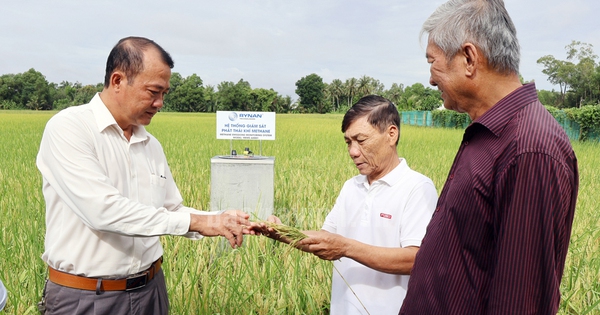
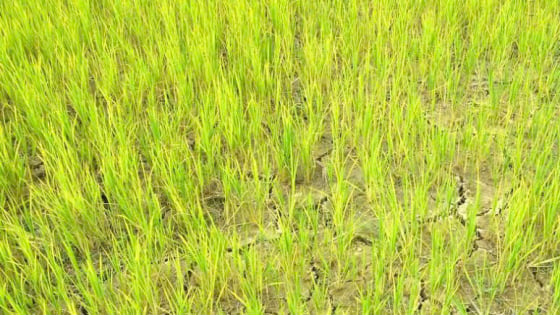
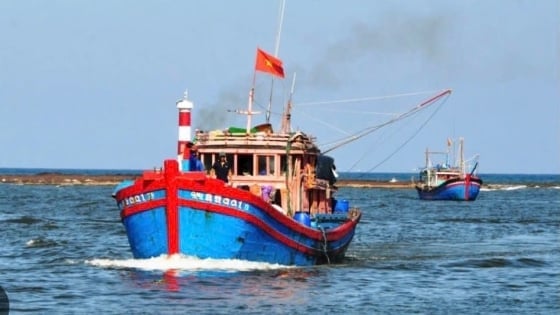
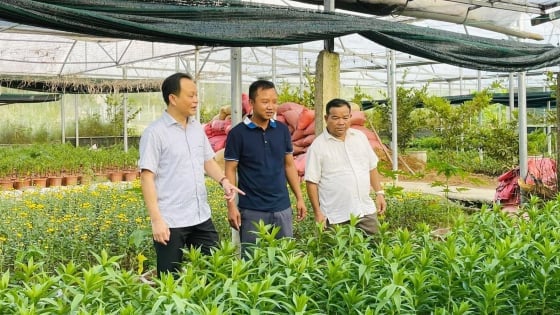
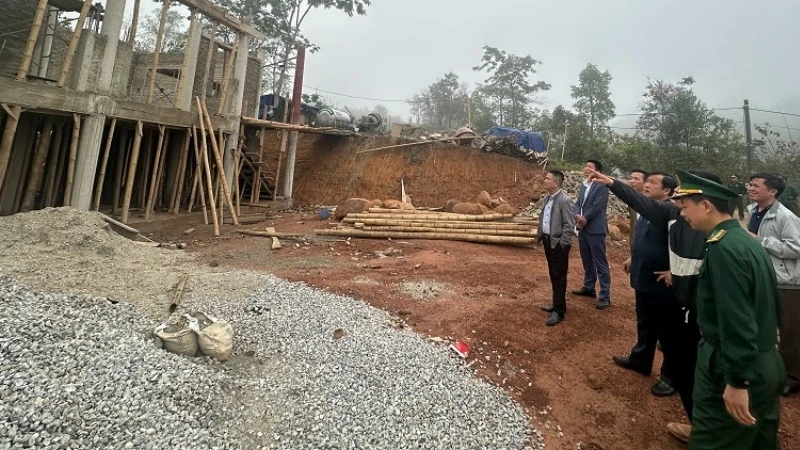
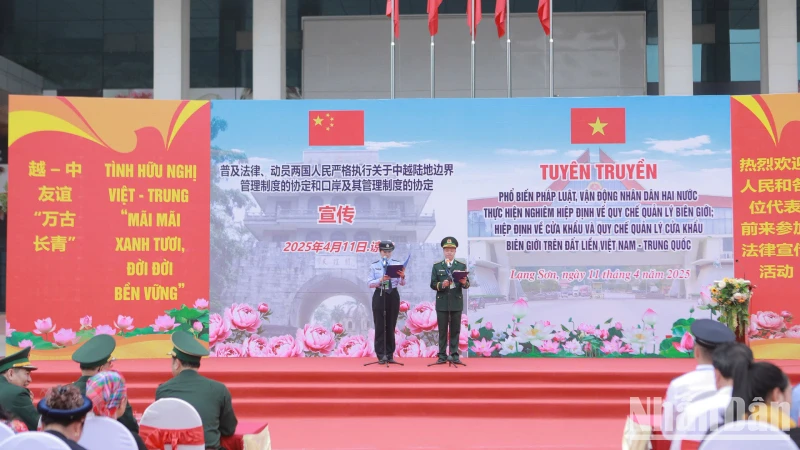





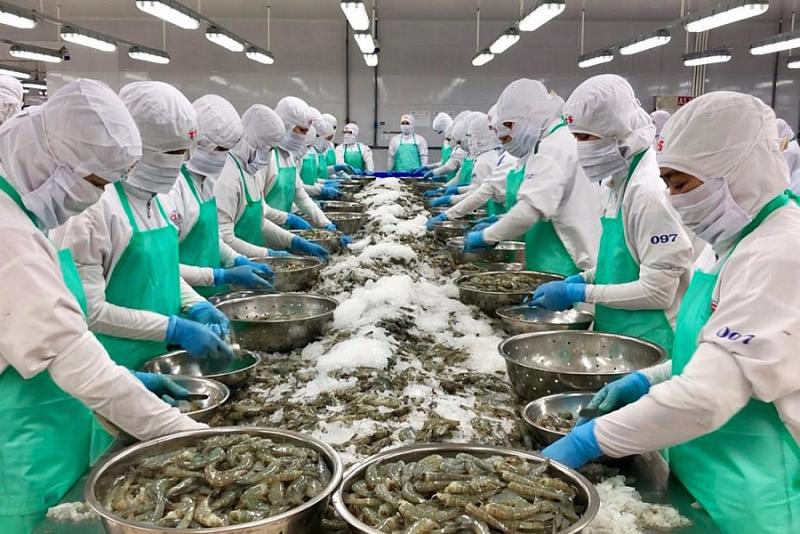




![[Photo] Summary of parade practice in preparation for the April 30th celebration](https://vstatic.vietnam.vn/vietnam/resource/IMAGE/2025/4/11/78cfee0f2cc045b387ff1a4362b5950f)










































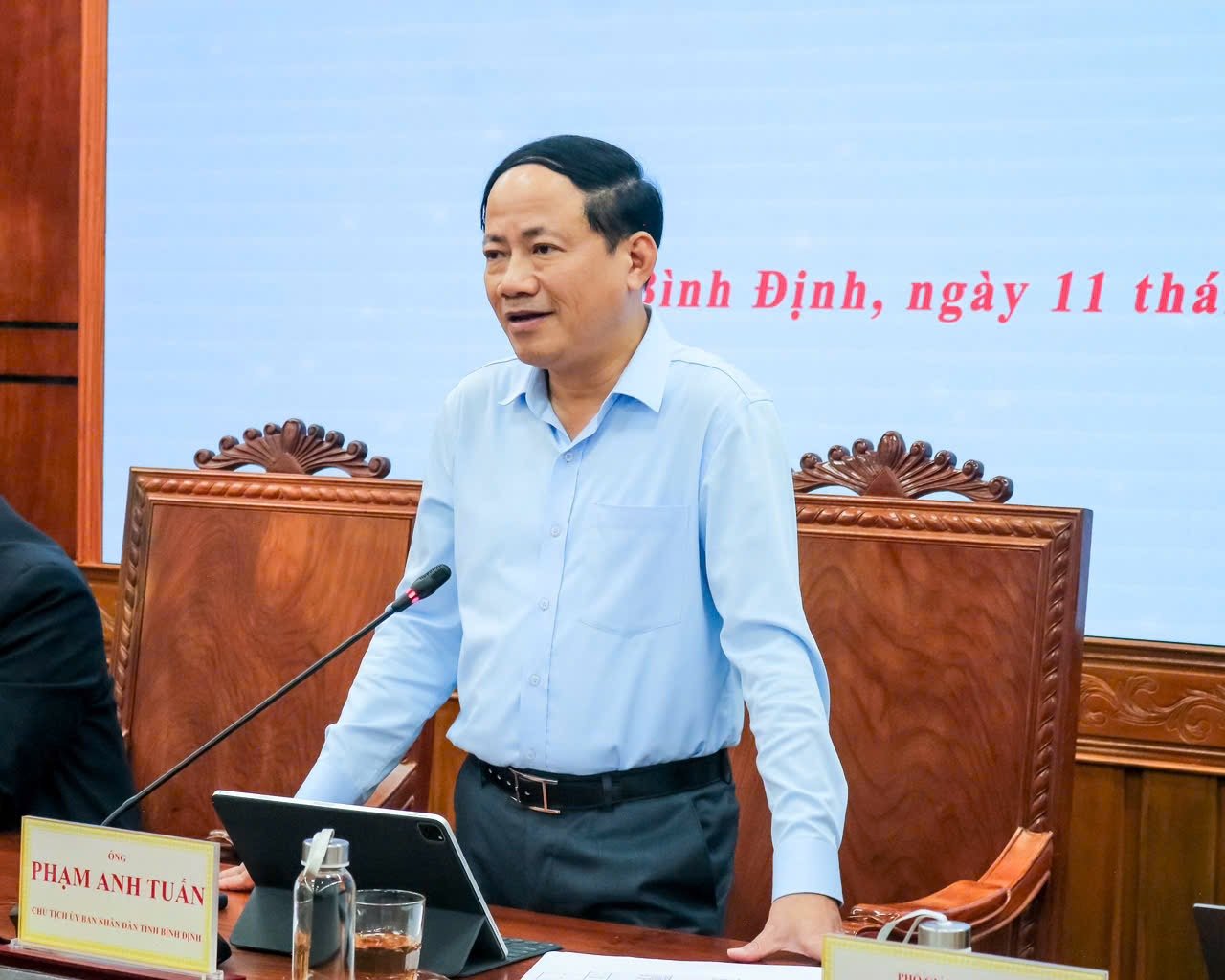


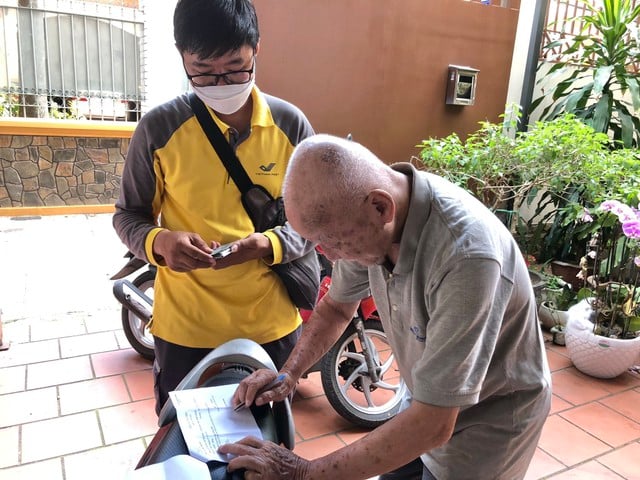

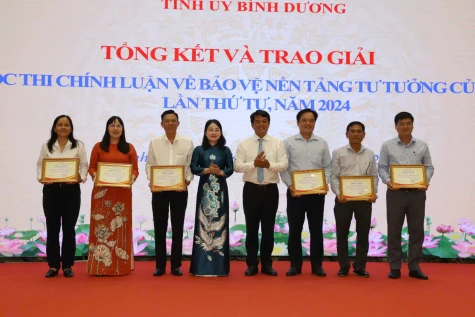


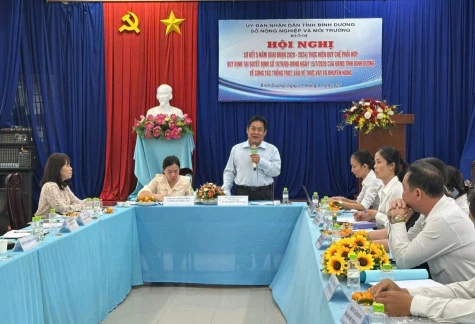










Comment (0)